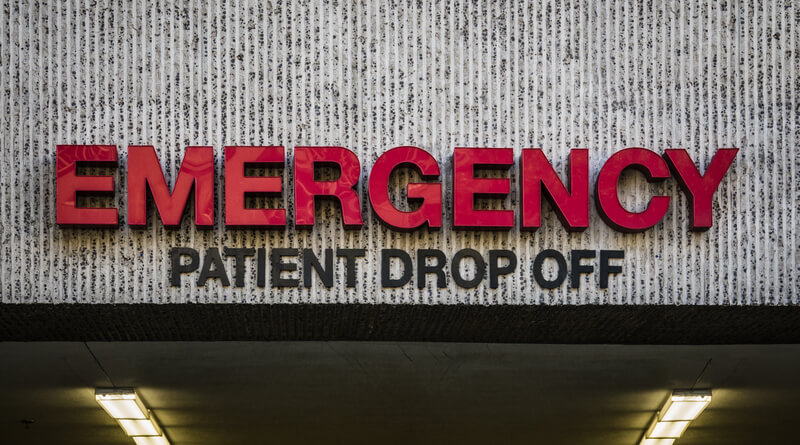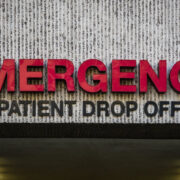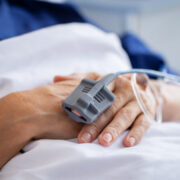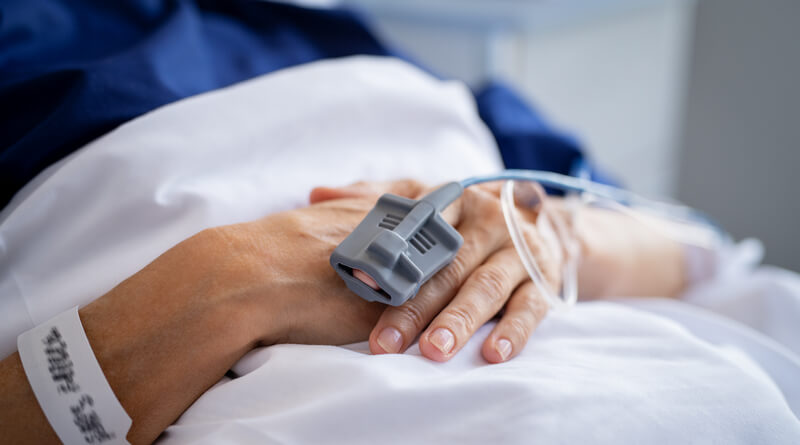Emergency Room Triage: How Hospitals Prioritize Patients

Imagine this: you’re in an emergency department, surrounded by a flurry of activity. Doctors and nurses rush by, patients come in with various ailments, and there’s a constant hum of medical machinery in the background. It’s a scene repeated daily in emergency departments across the globe, including in Singapore, and one that’s highly concerning and even anxiety-inducing for many. But amidst this chaos, there lies a system that helps all patients secure the care they need. This system is known as ‘triage’.
At the heart of triage is the concept that healthcare providers must prioritize those in greatest need, regardless of when they enter the emergency room. In moments where every second counts, medical professionals must make critical decisions on who to treat first. But how is this determined? And why might someone with a seemingly minor ailment be treated before another patient with a more visible injury? The answer lies in the deeper intricacies of triage, a practice that might seem foreign to many outside the medical field but plays a pivotal role in the life-and-death decisions of emergency care.
There are many benefits to understanding the mechanisms behind triage, even if you aren’t a medical professional yourself. For patients and their loved ones, comprehending this process can provide clarity and even some comfort during what might be some of the most trying moments of their lives. This article aims to shed light on the importance, implications, and specific applications of triage in hospital emergency departments.
What Is Triage?
The origins of the word ‘triage’ are rooted in the French verb ‘trier’, which means ‘to sort’ or ‘to select.’ This is precisely what triage does in the context of healthcare: it sorts and prioritizes. Every individual who enters an emergency department is assessed and categorized based on the urgency of their medical needs. It’s a system designed to ensure that the most critical conditions get the immediate attention they demand.
Now, triage isn’t about making arbitrary decisions—far from it. It’s a systematic process, guided by well-established protocols and often years of clinical experience. Specially trained triage nurses use a combination of observation, questions, and sometimes quick tests to determine where a patient falls within the triage spectrum. This doesn’t just affect the order in which patients receive medical attention; it also helps determine the kind of care they get and how they’re subsequently directed from the emergency department to the right specialist or medical resources.
Common Triage Systems
Over the years, medical institutions around the world have developed many different triage systems to organize patient inflow in their emergency departments. For instance, many hospitals globally utilize color-coded systems such as red (indicating immediate attention required) and green (less urgent cases). These visual cues can expedite decision-making, especially in situations swamped with patients. Numerical systems which rank patients based on the severity of their condition are also common.
In Singapore, the Emergency Severity Index (ESI) is the preferred system in many healthcare facilities. It’s a five-level triage algorithm, with ‘Level 1’ reserved for conditions that demand immediate and aggressive intervention and ‘Level 5’ for non-urgent conditions. What makes the ESI unique is its comprehensive nature. Instead of relying solely on the severity of the condition, it takes into account both the patient’s current state and the resources they might need, from diagnostic tests to specialist consultations. This dual focus both secures timely care for patients and also helps healthcare facilities allocate their resources as efficiently as possible.
Things to Know about Emergency Room Triage
Emergency room triage can sound like a strictly methodical process—and in many ways, it is. But there are nuances and dynamics at play that might not be immediately apparent to patients and their families.
Here are a few points worth noting:
It’s Dynamic
Triage is not a one-time assessment. Because the condition of patients can change, sometimes rapidly, triage nurses monitor and re-assess individuals as needed. They might, for instance, elect to escalate the case of a person categorized as low priority upon arrival if this patient’s condition deteriorates. Conversely, they can also re-categorize someone initially deemed critical if they stabilize over time.
It’s Not First-Come, First-Served
Many might assume that medical attention in emergency rooms is provided on a first-come, first-served basis, but this is not actually the case. Triage systems exist precisely so that those with the most critical needs receive care first, regardless of their time of arrival. Hence, while it might be frustrating to see others treated before you, remember that the triage system is working to serve the best interests of all patients.
Communication Is Essential
While triage nurses make the initial call regarding patient priority, they require patient feedback to keep their evaluations accurate. Communicating symptoms, pain levels, and any changes in condition can help healthcare professionals make more informed decisions or alter their first assessments if necessary.
Wait Times May Vary
Triage is designed to streamline operations in the emergency room, but wait times can still vary. Several factors influence this, like the number of available medical staff and the volume of incoming patients. It’s crucial to remember that a longer wait doesn’t necessarily indicate negligence. More often, it reflects the careful prioritization and allocation of resources in a bid to provide the best care to all.
Navigating the bustling environment of an emergency department can be daunting. Yet, behind the scenes, a meticulous system of triage works tirelessly to ensure optimal care for all. By understanding how this system functions in practice, you can not only gain insight into the intricacies of patient prioritization but also find reassurance in the expertise that guides it.




















